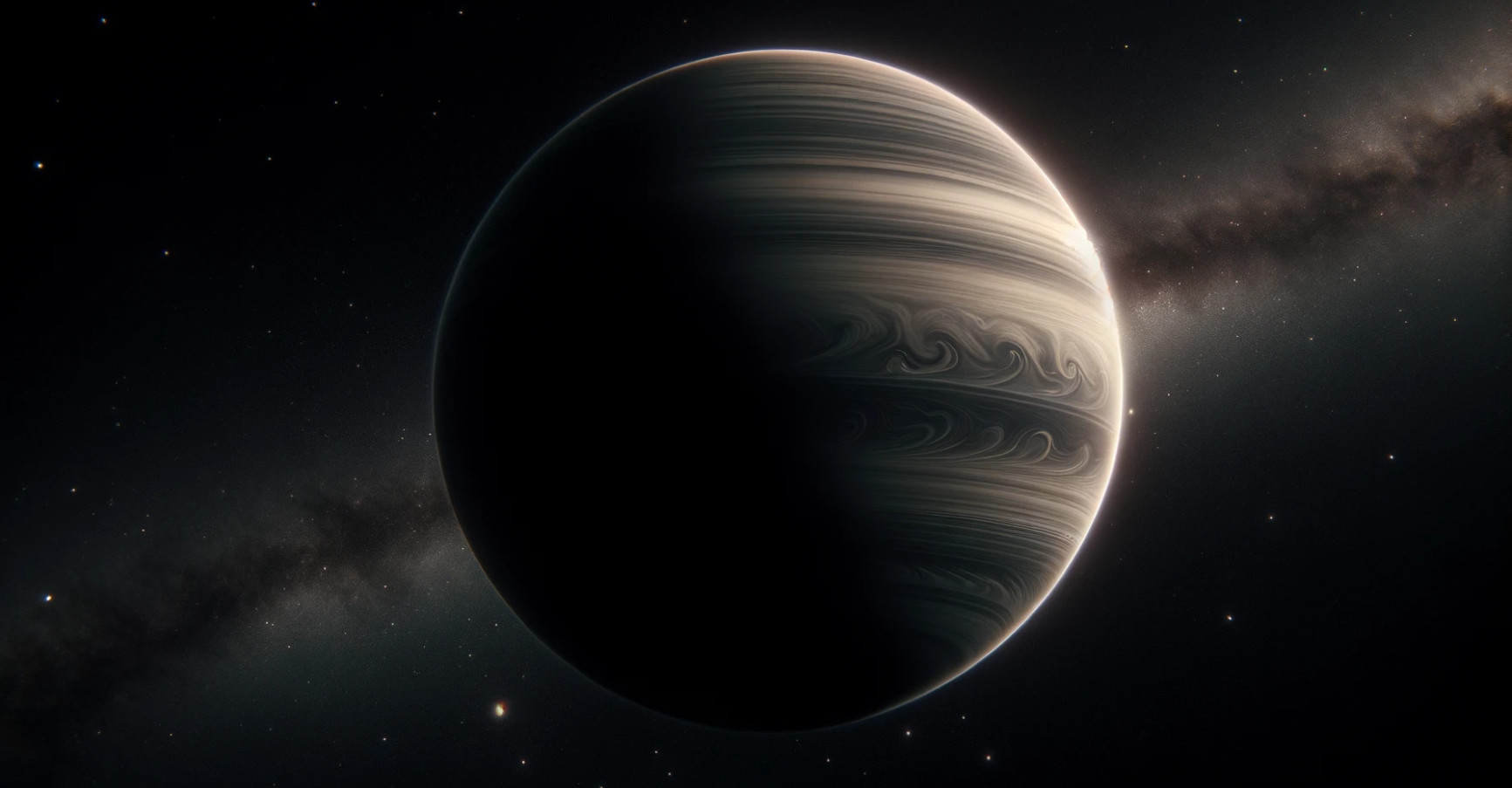The discovery of a potential planet on the fringes of our solar system has reignited old debates and stirred up something of a cosmic controversy. Tentatively dubbed “Planet Nine,” this hypothetical world challenges our understanding of planetary classification, echoing the tumultuous history surrounding Pluto’s controversial demotion to “dwarf planet” status. In 2006, the International Astronomical Union (IAU) redefined what it means to be a planet, excluding Pluto from the exclusive club and prompting fierce opposition from those who cherished its planetary status. As researchers hunt for Planet Nine, the conflict surrounding Pluto’s declassification resurfaces, reminding us of the evolving nature of astronomy and how new discoveries continuously reshape our perception of the cosmos.
If Pluto were to be reinstated as a planet rather than a dwarf planet, it would reclaim its title as the ninth planet in our solar system, resurrecting its historical status and reshaping our planetary lineup. In such a scenario, the hypothetical new planet, currently referred to as Planet Nine, would instead become known as Planet Ten. This change would reflect the updated count of major planets, acknowledging both Pluto’s reinstatement and the inclusion of the new celestial body beyond Neptune. The reclassification would represent a significant shift in the astronomical community, underscoring the evolving understanding of planetary criteria and emphasising the dynamic nature of scientific classification.
Pluto lost its previous status as the ninth planet when the IAU established three criteria for classifying a celestial body as a planet, it must orbit the Sun, be spherical due to its own gravity, and have cleared its orbit of other debris. Pluto met the first two criteria but did not meet the third, as its orbit overlaps with objects in the Kuiper Belt. This led to Pluto’s reclassification as a “dwarf planet.” Currently, there are five recognised dwarf planets in our solar system: Pluto, Eris, Haumea, Makemake, and Ceres.
The problem for the IAU is that if a revised definition focused solely on attributes like size, shape, and orbiting the Sun, disregarding the clearing of the orbit, then dwarf planets like Pluto, Eris, Haumea, Makemake, and Ceres might be recognised as full-fledged planets. However, such a redefinition would significantly expand the number of planets in our solar system.
If the definition of a planet were adjusted to include the currently recognised dwarf planets (Ceres, Pluto, Haumea, Makemake, and Eris), along with the hypothetical Planet Nine, there would be a total of 14 planets in the solar system. This total includes the existing eight recognised planets (Mercury, Venus, Earth, Mars, Jupiter, Saturn, Uranus, and Neptune), the five dwarf planets, and the possible new discovery on the edge of the solar system.
Planet Nine has not been officially named because its existence hasn’t been confirmed. However, the astronomers who proposed the idea, Konstantin Batygin and Michael E. Brown, have informally referred to it as “Planet Nine” in their research and public discussions. Once it’s observed and confirmed, the naming process will likely follow the International Astronomical Union’s guidelines, which typically involve a proposal and approval process.
Since Planet Nine hasn’t been directly observed, its composition can only be hypothesised based on its predicted size and distance from the Sun. Given its estimated mass, which is thought to be 5 to 10 times that of Earth, it could be a gas giant similar to Uranus or Neptune.
